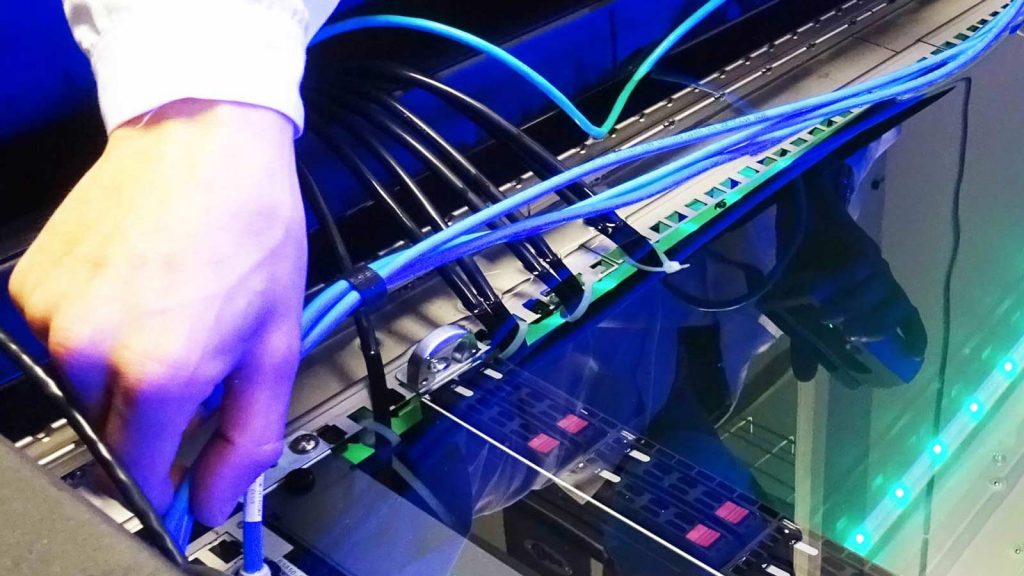Liquid Immersion Cooling in Data Centres during COVID 19 Pandemic
How liquid immersion cooling technology helps data centres during the COVID 19 pandemic?
COVID-19 has affected us all, to reduce its effect we need to adopt technologies that do not require high interactions. Liquid immersion cooling does not need full-time manning or high maintenance; therefore, interactions are low; this is what we need to curb infections.
COVID-19 pandemic has taught us several lessons, some of which we may not have imagined. For example, if you were told that a time may come when your movements and interactions will be curtailed, not by an excessive government but by a virus, it would have been hard to believe.
Likewise, if somebody hinted that you may be required to work from home, not for the purposes of saving but because doing it from the office would be dangerous, that is something you may have found hard to believe too, but it is happening.
We are living in unprecedented times, where our lives have been affected by the current pandemic.
We are constantly being reminded of the need to protect ourselves as well as those around us.
One way that data centres can ensure that workers, as well as others, are protected is to use systems that minimise interactions and possible contamination of environments. The direct way of ensuring this is the adoption of liquid immersion cooling. In this article, we explore how liquid immersion cooling could be the panacea that is required to curb COVID-19 infections.
No full time manning
Liquid immersion cooling does not require the full-time manning of its system. It is one way that data centres are recommended to adopt is it decreases the need for onsite workers. It does not need a full-time employee to man the system but all the same, it delivers critical services all through.
How does this help in curbing the spread of COVID-19?
COVID-19 spread through coming into contact with air droplets from an infected person. This can be through touching the surfaces or inhaling the droplets carrying the infection. With only one or two persons manning the system and for a limited period, it means interactions are minimised. It also means that persons who are manning the systems can be easily monitored for possible infections and measures effectively taken to protect them and their families.
Low maintenance requirements
Liquid immersion does not require high maintenance and the workers do not need to be onsite all the time. Sometimes some of the maintenance needs can be done remotely. This further decreases the need to interact. With this, it means less travel further decreasing the chances of getting infected.
Conclusions
We are in a period where maintenance of systems that are characterised with his interaction rates should be kept at a minimum; however, some of the cooling systems may require constant attention. The use of liquid immersion cooling is the best alternative for data centres to cool their systems while ensuring that the staff and their families as well as people they interact with are kept safe. Low interactions as well as the fact that it does not depend on air circulation to work means that infections are controlled.

